Several factors can influence the price of first-class saffron, reflecting the intricate dynamics of saffron production, market conditions, and the inherent qualities of the spice. Here are some key factors that can affect the price of premium saffron:
- Crocus sativus Variety:
– Different varieties of the Crocus sativus plant produce saffron with varying characteristics. The specific variety, such as Negin, Sargol, or Pushal, can influence the saffron’s color, aroma, and taste, subsequently impacting its market value.
- Color Grading:
– The color of saffron threads is a crucial determinant of quality. Vibrant red saffron threads are often considered superior. Saffron is typically graded based on color intensity, with deeper red hues commanding higher prices.
- Aroma and Flavor Profile:
– The potency of saffron’s aroma and flavor is a key factor in determining its quality. First-class saffron exhibits a strong and distinctive aroma, with a flavor profile characterized by complexity and intensity.
- Geographical Origin:
– Saffron produced in specific regions may have unique characteristics influenced by soil composition, climate, and altitude. Saffron from renowned regions, such as Khorasan in Iran or La Mancha in Spain, often commands premium prices due to its distinct qualities.
- Harvesting Method:
– The method of harvesting saffron can impact its quality. Hand-harvested saffron, where delicate threads are carefully plucked, is often considered superior to machine-harvested saffron. The labor-intensive hand-harvesting process can contribute to higher prices.
- Purity and Adulteration:
– Pure saffron, consisting mainly of the red stigmas, is more valuable than saffron that includes other parts of the flower or additives. The presence of impurities or adulterants can significantly affect the saffron’s price.
- Market Demand and Supply:
– Fluctuations in demand and supply play a crucial role in determining saffron prices. Factors such as weather conditions, crop yields, and global demand can lead to variations in saffron prices from one harvest season to another.
- Certifications and Quality Standards:
– Saffron that meets specific quality standards or has certifications attesting to its authenticity and purity may command higher prices in the market. Certifications can provide assurance to buyers regarding the saffron’s quality.
- Packaging and Presentation:
– The way saffron is packaged and presented can also influence its price. Premium saffron is often packaged in a way that preserves its freshness and protects it from external factors, contributing to its overall appeal.
- Economic and Political Factors:
– Economic and political conditions in saffron-producing regions can impact production costs, transportation, and overall market stability, influencing the price of saffron.
Understanding these factors can help both producers and consumers navigate the complex landscape of saffron pricing, ensuring a fair valuation of this precious spice in the market.
Golden Valuation: Exploring the Price Dynamics of First-Class Saffron
Saffron, with its vibrant crimson hue and delicate threads, is not just a spice; it’s a symbol of luxury, elegance, and culinary excellence. Within the realm of saffron, the term “first-class” signifies a tier of quality that transcends the ordinary. This essay embarks on a journey into the intricate world of first-class saffron, delving into the multifaceted dynamics that determine its price and position it as the crown jewel in the spice market.
At the heart of saffron’s allure lies its color, a radiant red that captivates the senses. First-class saffron, distinguished by its deep and uniform red hue, commands a premium price. The chromatic symphony of saffron threads is not just an aesthetic element but a key indicator of quality, with richer colors reflecting meticulous cultivation and harvesting practices.
The olfactory journey of first-class saffron is an experience in itself. Its aroma is not merely a scent; it’s a fragrant signature that speaks of purity and potency. The intensity and complexity of the saffron’s aroma contribute significantly to its valuation. A strong and captivating scent is often synonymous with the meticulous care invested in cultivating and processing the spice.
Beyond color and aroma, the flavor profile of first-class saffron sets it apart as a culinary gem. The intricate combination of floral, earthy, and slightly bitter notes creates a symphony on the palate. Chefs and culinary enthusiasts value saffron not just for its color but for its ability to elevate dishes to extraordinary heights. The more complex and robust the flavor, the higher the market worth of first-class saffron.
The geographical origin of saffron plays a pivotal role in its valuation. Saffron from specific regions, such as Khorasan in Iran or La Mancha in Spain, often carries a premium due to the unique environmental conditions that contribute to its distinct qualities. The rarity associated with saffron from renowned regions adds an element of exclusivity, further influencing its price dynamics.
The process of harvesting saffron is an art in itself. First-class saffron is often hand-picked, a labor-intensive method that ensures the delicate stigmas are carefully plucked without damaging them. This artistry in harvesting contributes to the spice’s overall quality and, consequently, its higher market valuation compared to machine-harvested alternatives.
First-class saffron is characterized by its purity, primarily consisting of the red stigmas of the Crocus sativus flower. Minimal inclusion of other parts or adulterants enhances its value. Buyers are willing to pay a premium for saffron that guarantees authenticity and uncompromised quality.
The price of first-class saffron is inevitably influenced by market forces. Fluctuations in supply due to weather conditions, annual crop yields, and global demand contribute to the dynamic nature of saffron pricing. Economic and geopolitical factors also play a role in shaping market trends, impacting the valuation of this precious spice.
The manner in which first-class saffron is packaged and presented adds to its overall prestige. Premium saffron is often meticulously packaged to preserve its freshness and protect it from external factors. The aesthetics of packaging contribute to the perceived value of the spice, influencing consumer preferences and, consequently, its market price.
In conclusion, the price dynamics of first-class saffron weave a narrative of ephemeral worth, where color, aroma, flavor, regionality, harvesting methods, purity, market forces, and presentation collectively contribute to its golden valuation. First-class saffron is not just a commodity; it’s an embodiment of excellence, a culinary treasure that transcends its weight in threads. As the spice market continues to evolve, the allure of first-class saffron persists, a testament to the enduring fascination with the golden essence that graces our plates and palates.
Global Saffron Valuation: Exploring Price Disparities of First-Class Threads Across Nations
As of my last knowledge update in January 2022, saffron prices can vary significantly based on factors such as quality, grade, and region of production. Additionally, fluctuations in currency exchange rates, market demand, and supply dynamics also contribute to variations in saffron prices across different countries. It’s important to note that prices may have changed since my last update, and for the most accurate and up-to-date information, it is recommended to check with local saffron suppliers or market sources.
Here is a general overview of the price of first-class saffron in different countries:
- Iran
– Iran is one of the largest producers of saffron globally, particularly in regions like Khorasan. First-class saffron from Iran, known for its quality and vibrant color, is often available at competitive prices.
- Spain
– La Mancha in Spain is another renowned region for saffron production. Spanish saffron, particularly the Coupe grade, is highly regarded for its color and aroma. Prices for first-class saffron in Spain may be influenced by local production conditions and demand.
- India
– Kashmir in India is known for producing high-quality saffron. Indian saffron, particularly from the Pampore region, is esteemed for its unique characteristics. Prices in India can be influenced by factors such as climate conditions and the overall saffron market.
- Afghanistan
– Afghanistan has been increasing its presence in the saffron market. Afghan saffron, often recognized for its deep red color, is gaining attention. Prices may vary based on factors such as crop yields and market demand.
- Greece
– Greek saffron, particularly from the region of Kozani, is known for its quality. Prices may be influenced by the local saffron production and export market conditions.
- Italy
– Italy is another European country where saffron is cultivated, and the Abruzzo region is known for its production. Prices in Italy can be influenced by factors such as the quality of saffron produced and market dynamics.
- Morocco
– Morocco also contributes to the global saffron market. The saffron produced in the Taliouine region is highly regarded. Prices in Morocco may be influenced by local production conditions and export demands.
- United Arab Emirates (UAE)
– Some Middle Eastern countries, including the UAE, may import saffron for local consumption. Prices can be influenced by import costs, local demand, and the quality of saffron available.
It’s essential to consider that saffron is often sold in various grades, with different grades commanding different prices. Additionally, market conditions and economic factors can contribute to fluctuations in saffron prices over time. For the most accurate and current information, it is recommended to consult local saffron suppliers or market reports.
The Saffron Spectrum: Understanding the Pricing Tiers of First-Class Spice
Saffron, often hailed as the “crimson treasure,” goes beyond its culinary role, embodying opulence and perfection. Within the spectrum of saffron, the term “first-rate” signifies a tier of quality that stands at the zenith of spice excellence. This essay delves into the nuanced world of the saffron spectrum, unraveling the factors that contribute to the pricing layers of top-notch spice on a global scale.
At the core of the saffron spectrum lies its color, a lustrous crimson that mirrors the sun-drenched fields where the Crocus sativus blooms. First-rate saffron is distinguished by a deep, consistent hue that reflects meticulous cultivation and harvesting practices. The exploratory journey through the saffron spectrum begins with this vivid crimson, setting the stage for its market value.
The saffron spectrum extends beyond the visible to embrace the realm of aroma. A fragrance that captivates the senses is a hallmark of first-rate saffron. The fragrant grace of these threads is not merely a scent; it’s a symphony of complexity and intensity that contributes to the spice’s market value. A rich aroma becomes an elevated note in the saffron spectrum, enhancing its value.
The saffron spectrum reaches its zenith in the realm of flavor, where culinary magic transforms threads into a potent elixir. First-rate saffron boasts a flavor profile that is a culmination of floral, earthy, and slightly bitter notes. The intricate dance of flavors contributes to the spice’s market valuation, with a sophisticated taste elevating it to the pinnacle of the saffron spectrum.
The pricing layers of first-rate saffron are also influenced by geographical significance. Saffron from specific regions, such as Khorasan in Iran or La Mancha in Spain, commands a premium due to the unique environmental conditions that impart distinct qualities. The regionality of saffron becomes a crucial determinant in the saffron spectrum, dictating its perceived value.
Within the saffron spectrum, the method of harvesting becomes an art form. Hand-picking, a labor-intensive process, ensures delicate stigmas are carefully plucked, preserving the spice’s quality. This artistry in harvesting contributes to the overall market assessment, as first-rate saffron threads stand testament to the meticulous care invested in their cultivation.
Purity is a defining characteristic at the apex of the saffron spectrum. First-rate saffron primarily consists of the red stigmas of the Crocus sativus flower. Minimal inclusion of other parts or adulterants enhances the spice’s value, making it a premium and sought-after commodity in the global market.
The saffron spectrum is not immune to the undulations of economic forces. Fluctuations in supply, market demand, and global trends contribute to the dynamics of pricing layers. Economic forces become influential factors in determining where a particular batch of first-rate saffron falls within the spectrum.
In conclusion, the pricing layers of first-rate saffron navigate the peaks of the saffron spectrum, where color, aroma, flavor, regionality, harvesting methods, purity, and economic forces converge. First-rate saffron is not merely a spice; it’s a journey through hues and fragrances, a testament to cultivation artistry, and a representation of unadulterated excellence. As the saffron spectrum continues to evolve, the understanding of these intricacies becomes essential for enthusiasts, chefs, and traders seeking to discern the true value of the crimson treasure in the vast tapestry of global spice markets.


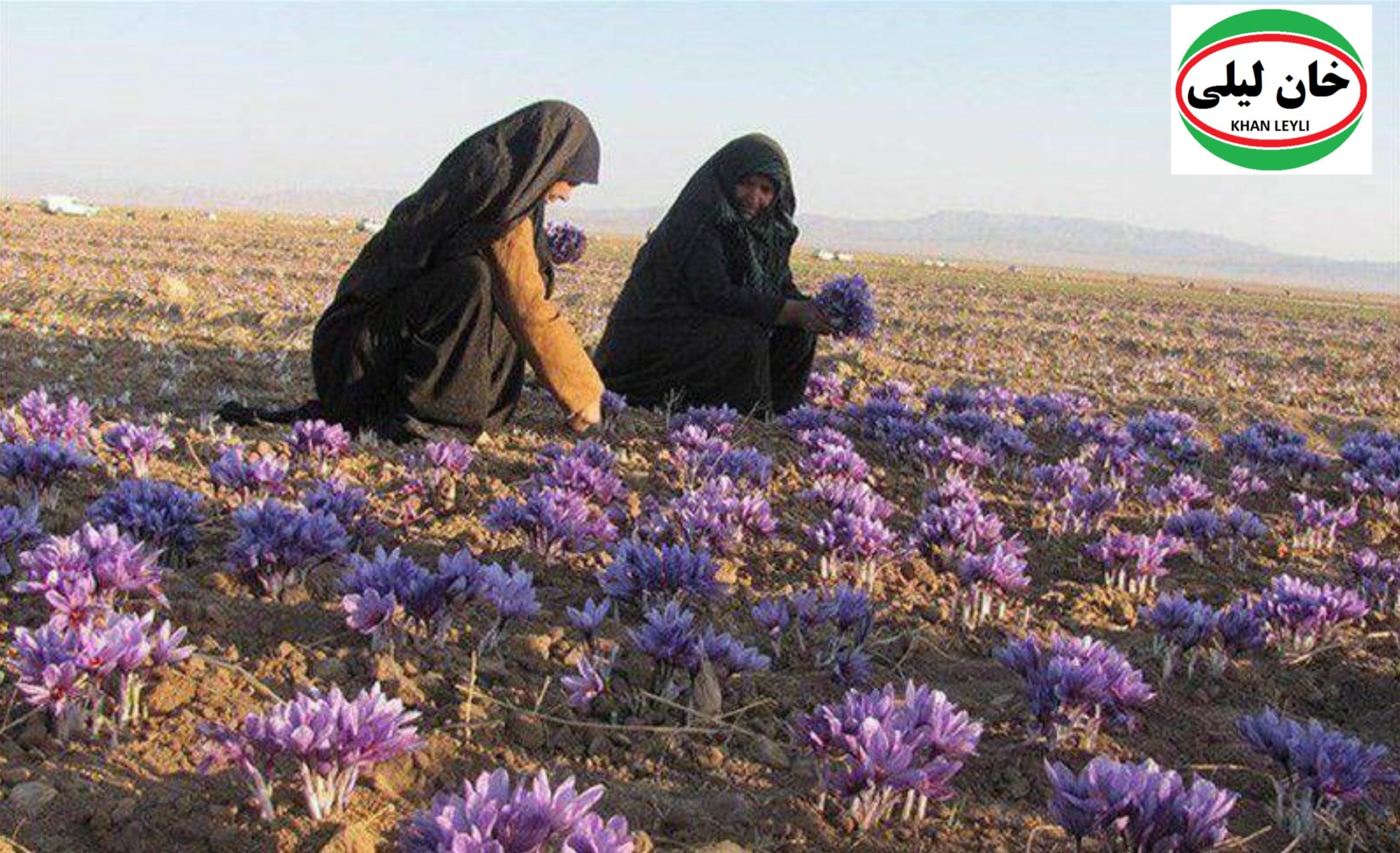
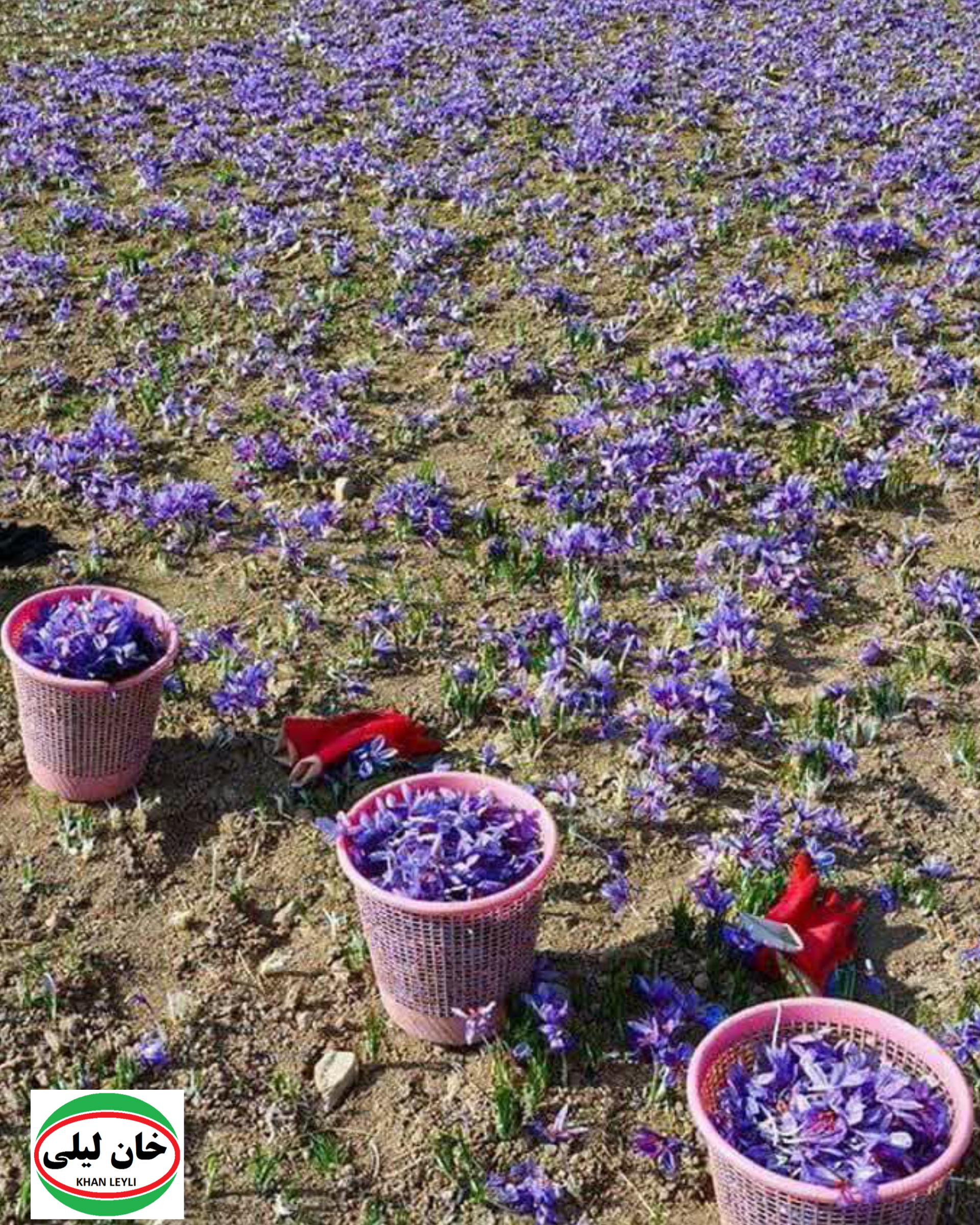
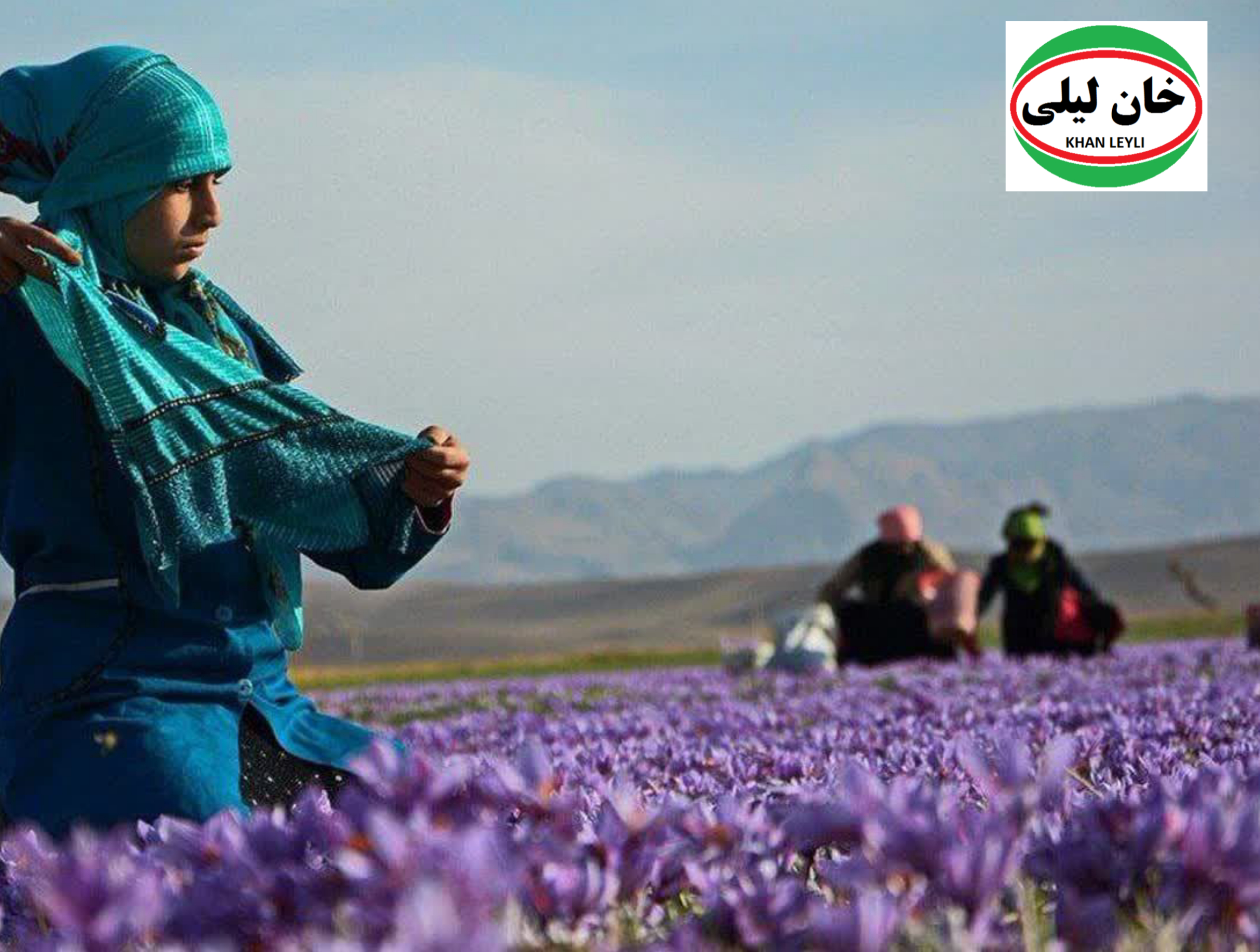
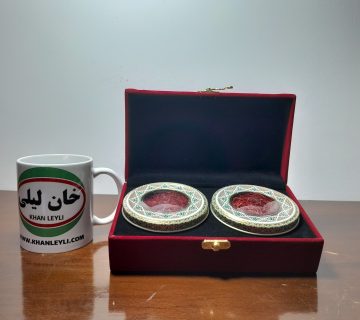
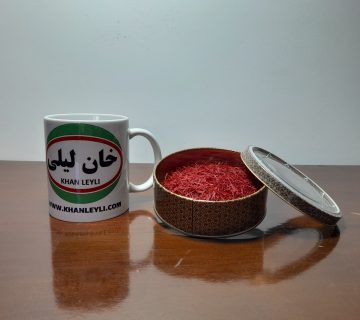
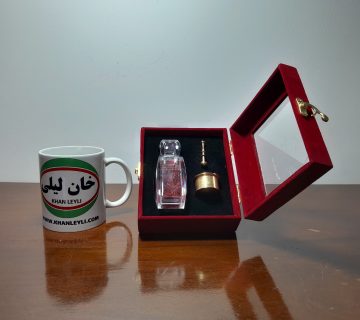
No comment